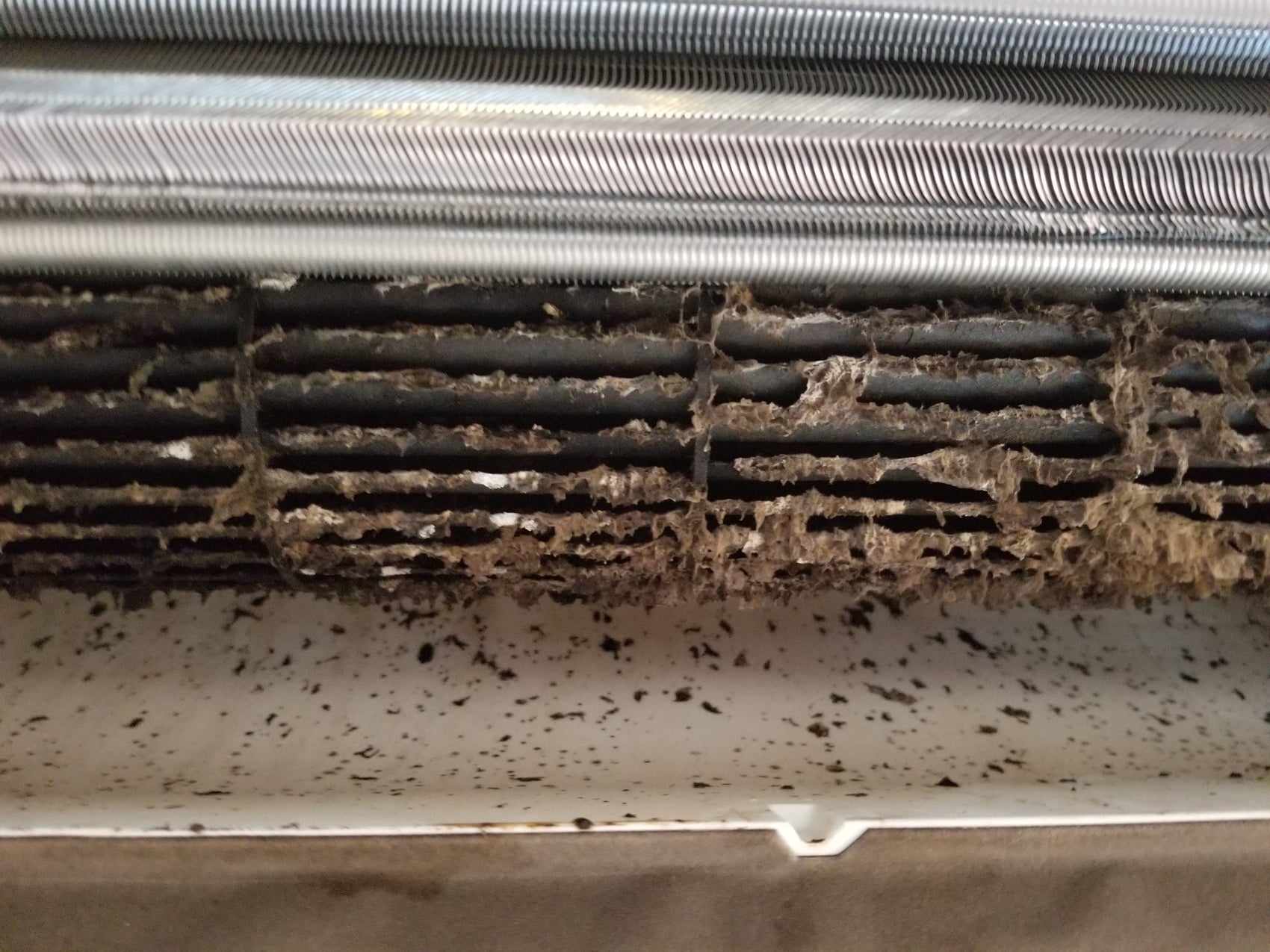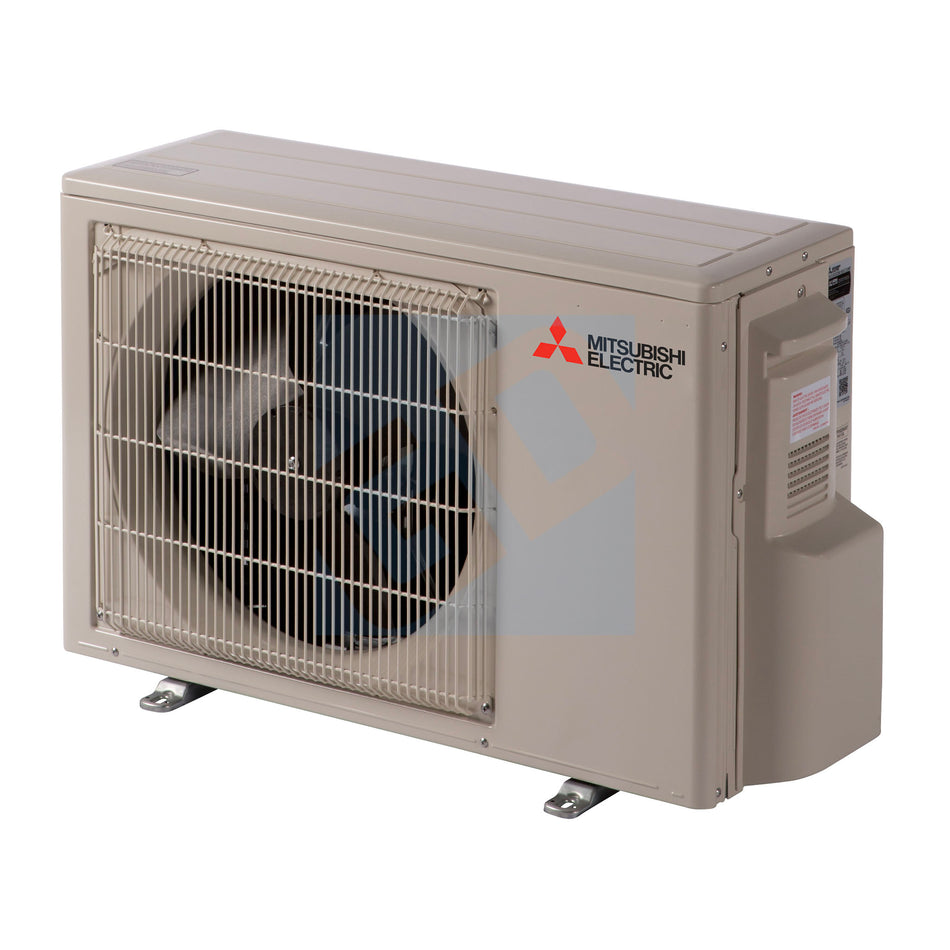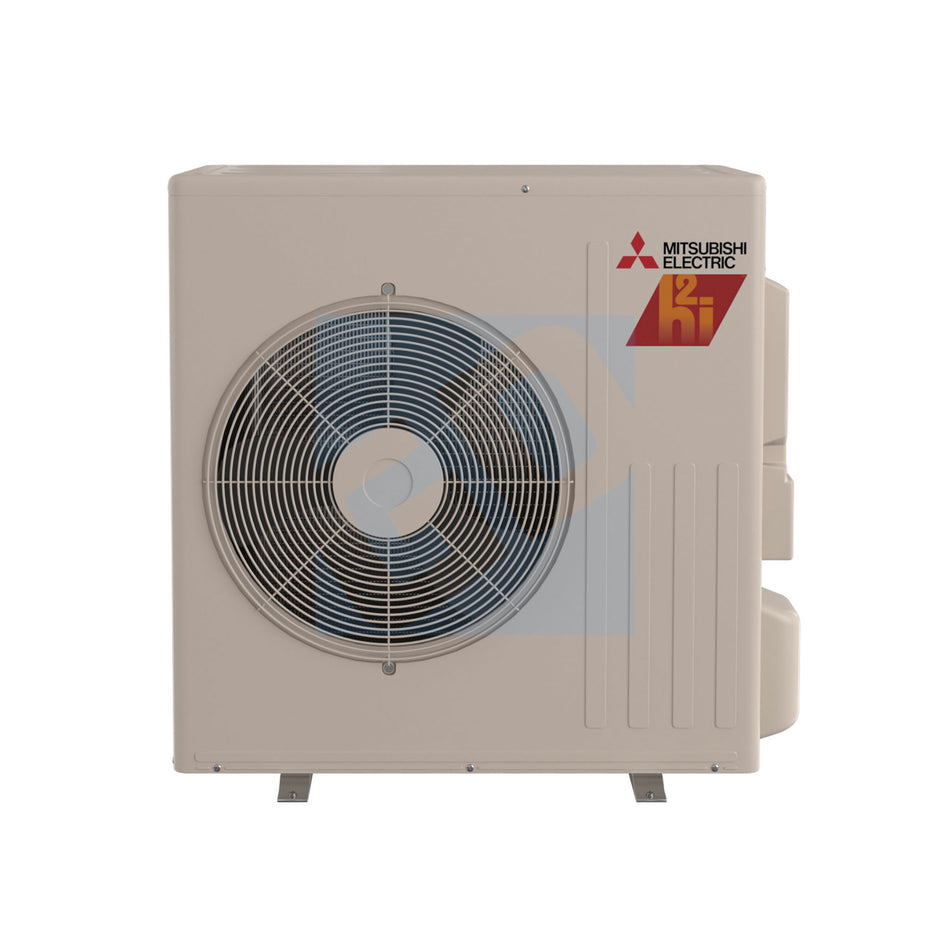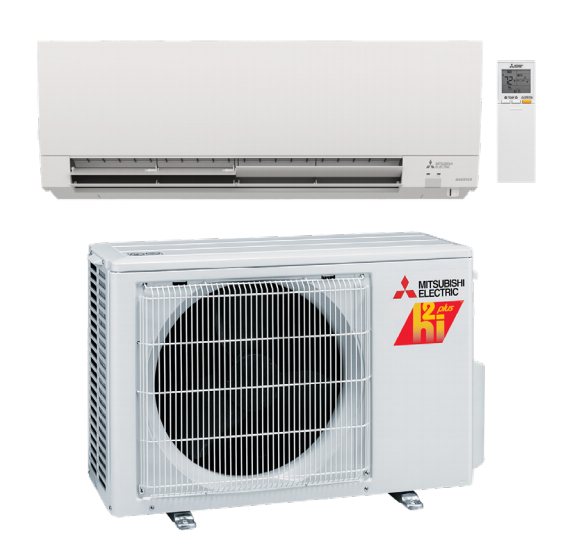If you want your system to last as long as possible, cleaning each indoor ductless unit's filter is important. In short, regularly cleaning the filters will:
- Keep your system running efficiently
- Helps you avoid unnecessary service calls
- Maintains your warranty
- Gives you better indoor airflow so you're breathing cleaner, fresher air
- Avoid damage to your home caused by leaking water
- Saves you money on electricity
Cleaning filters is relatively simple too. In less than 5 minutes, you can clean all the ductless filters in your mini-splits.
Each manufacturer recommends cleaning filters at different intervals. Generally, we recommend cleaning filters every 2 - 6 months depending on your situation. If you have pets, you'll need to clean the filters more often. If your system's installed in a wide-open space, you could probably get away with cleaning it every 6 months or so.
In four simple steps, you can ensure your mini-split stays running for years to come.






